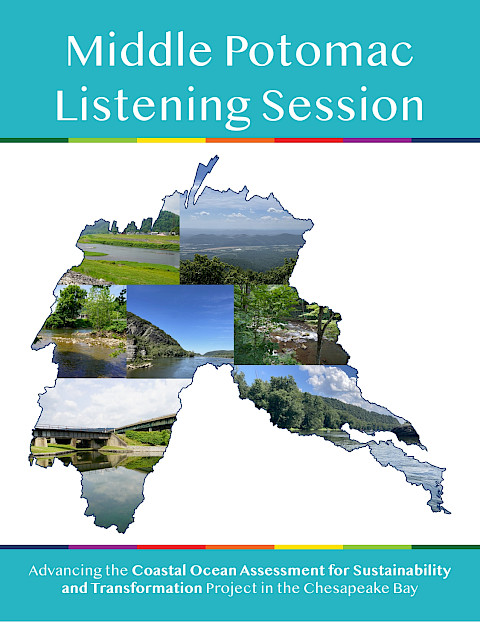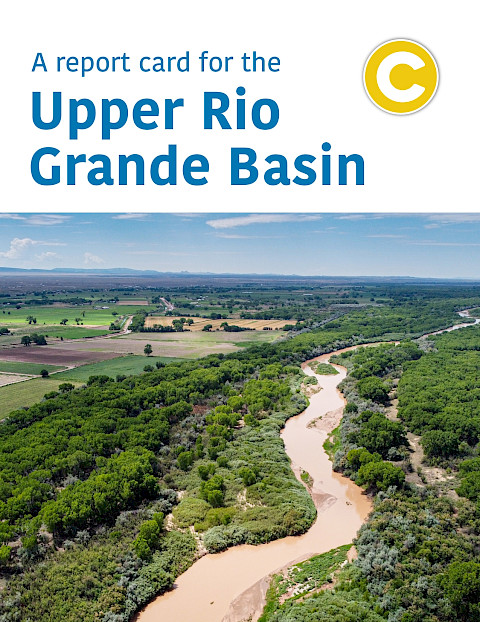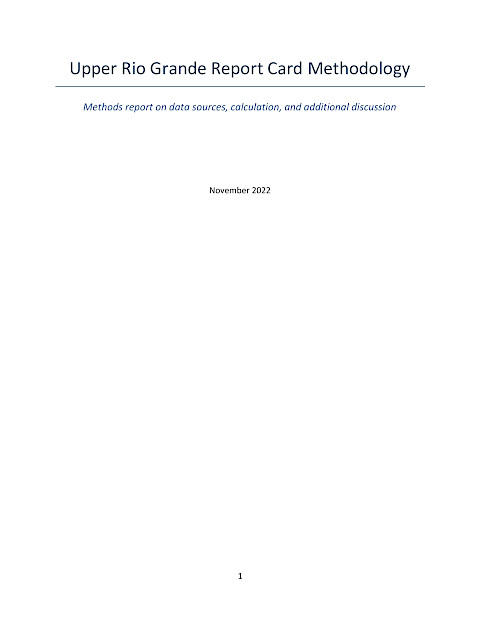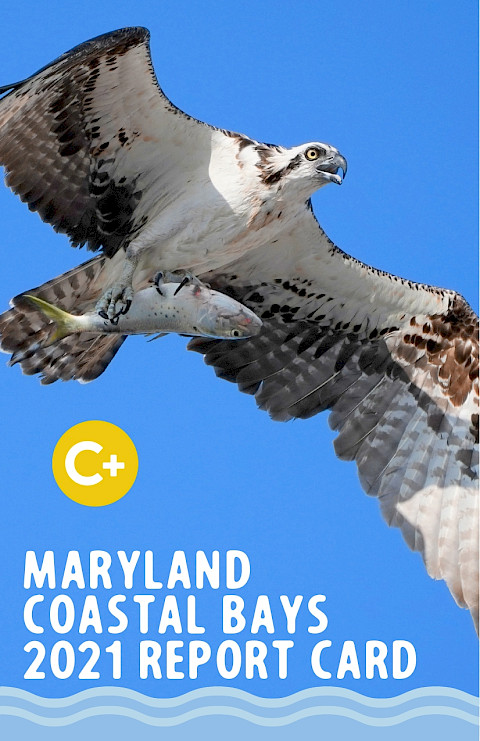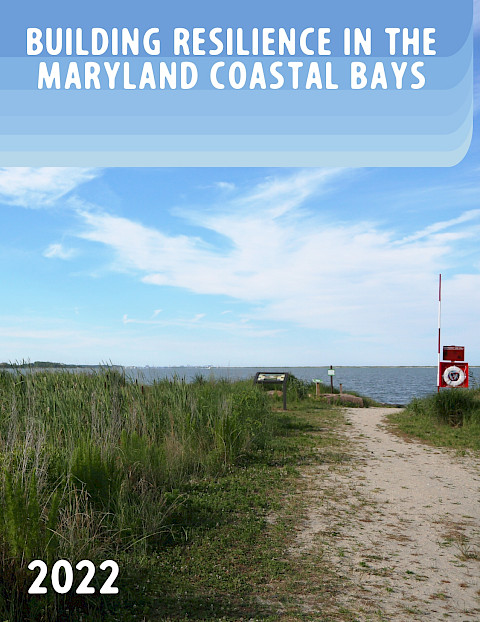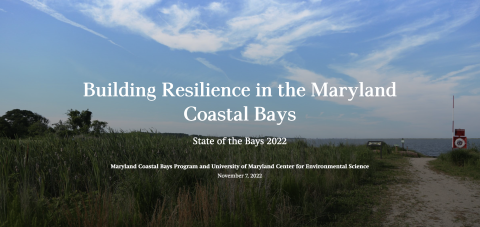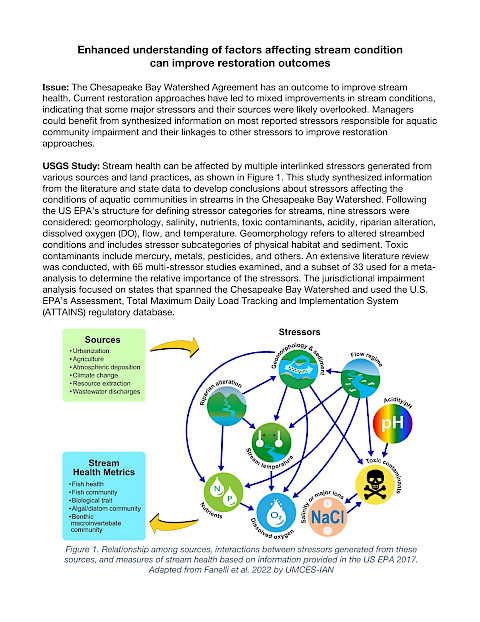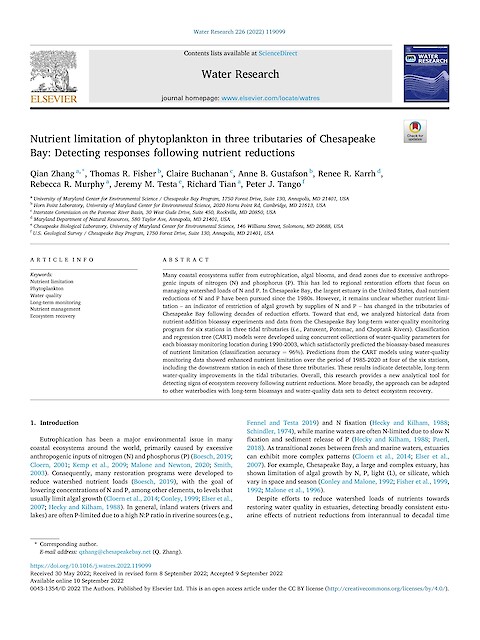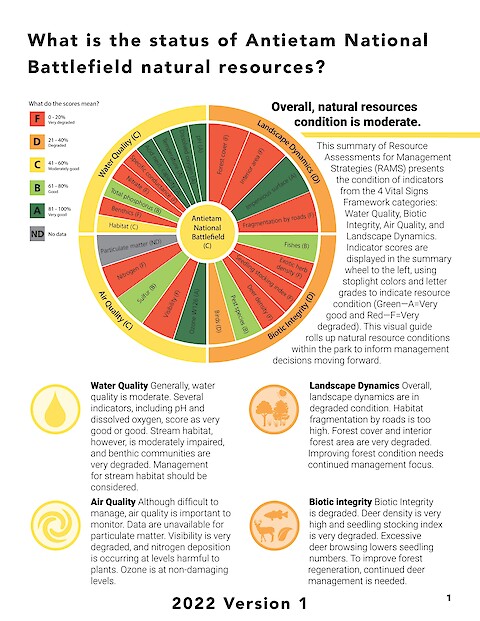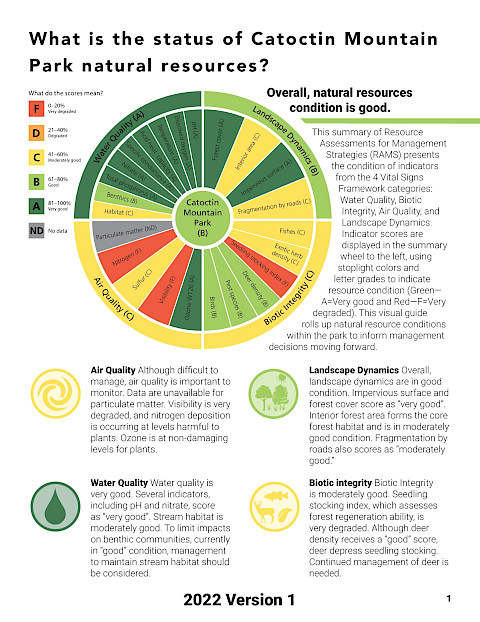2021 Maryland Coastal Bays Report Card
Dave Brinker, Bill Dennison, Steve Farr, Steve Doctor, Roman Jesien, Katherine Munson, Judy O’Neil, Kevin Smith, Mitch Tarnowski, Catherine Wazniak, Jeff White, Craig Wheedon, and Rich Mason ·
14 November 2022
Coastal Bays health is defined as the progress of four water quality indicators (nitrogen, phosphorus, chlorophyll a, dissolved oxygen) and two biotic indicators (seagrass, hard clam) toward scientifically derived ecological thresholds or goals. The Coastal Bays had an overall score of C+, a slight improvement from the previous year. Improved total phosphorus scores contributed to the slightly higher overall health of the bays.
Read more
